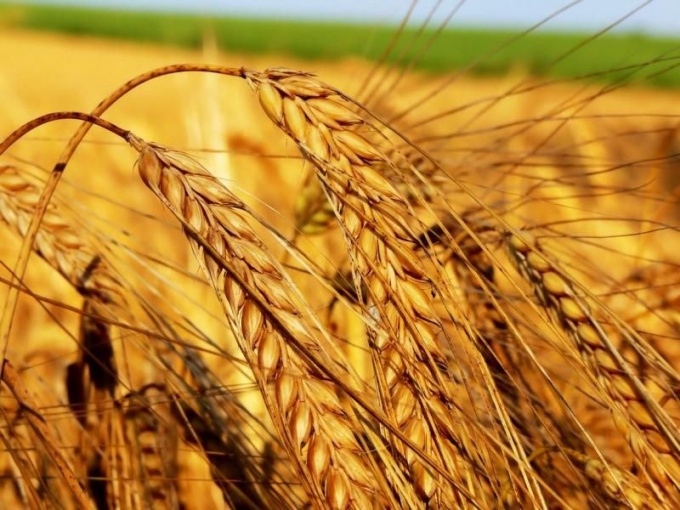Instruction
1
There are thousands of types of wheat, but the main two groups are hard and soft varieties. In ancient times the Greeks and Romans knew the distinctive features of these varieties, which affect the production and quality of flour.
2
Red soft wheat varieties have the color from dark red to yellow, and belozernoe grade pigment in the shell is missing. Flour obtained from soft wheat has a softer and more delicate texture. It contains less gluten and therefore absorbs a small amount of water. Corn starch in this flour is soft and large. Due to these characteristics of flour from soft wheat is used preferably for baking, the dough is thin and delicate. And pastries turn out fluffy and taste good. But they crumble and quickly get stale, so this variety is not suitable for making bread. In the regions where it grows only soft wheat varieties for making bread use a mixture of flour obtained from imported durum.
3
Flour from durum wheat is relatively a lot of gluten, and the starch grains are small and hard. Such fine-grained flour is called "strong", and for making dough that requires a large amount of water. Flour from durum wheat is excellent for baking bread, which is hearty, nutritious and flavorful. In the grinding of durum wheat obtained krupitchatoy flour, which is used for the manufacture of macaroni, vermicelli and other flour products. Semolina is a secondary product in the processing of wheat.
4
Beans hard and soft wheat varieties contain large amounts of proteins, fats and carbohydrates. The caloric value of 100 grams of wheat an average of about 340 kcal. It also includes fiber, essential oil, natural sugar, vitamins and minerals. Flour is especially rich in fiber, which has a cleansing effect on the intestines and has beneficial effects on the microflora of the stomach and the entire digestive tract. Flour is most often made from durum wheat.
5
Any variety of wheat is rich in b vitamins, as well as, A, PP, C, E, F. Calcium, potassium, silicon, sodium, phosphorus, fluorine, iron, selenium is not a complete list of minerals from the wheat. And essential amino acids such as valine, glutamic acid, lysine, Latin complete the list of useful properties of wheat.
